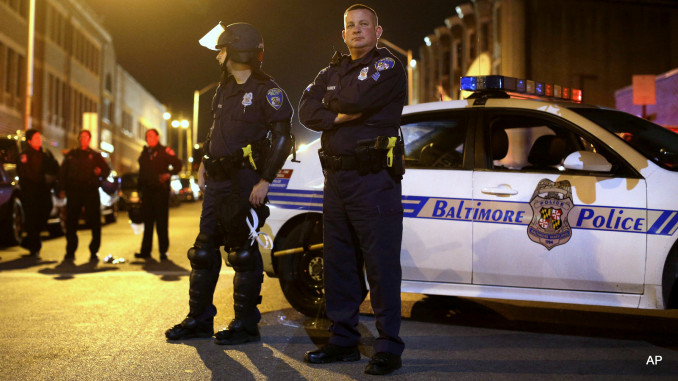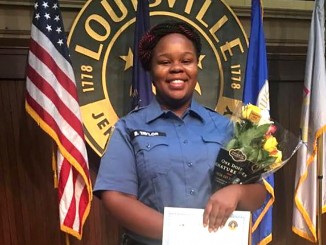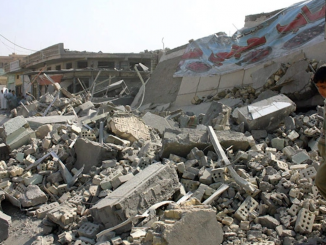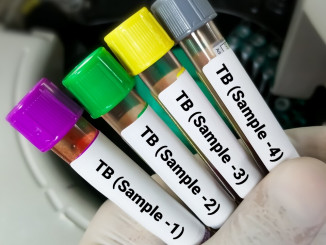
It looks like 2022 will be the eighth year in a row that the number of murders in Baltimore tops 300. Baltimore City Mayor Brandon Scott and Police Commissioner Michael Harrison recently announced a new policing initiative to redirect the majority of 911 call responses into the hands of social workers, third-party companies, and telephone/online reporting systems. They claim this will free up the time and budget of the Baltimore City Police Department (BPD) to focus on addressing the sky-high murder rate. The new program, deemed SMART policing (“Strategic Management and Alternative Response Tactics”) will “be efficient with our ever-shrinking resources,” according to Harrison.
While city officials promote the initiative as a way to improve the city’s public safety and reduce homicides, the reality is that this new program will consolidate resources into the hands of the police. Outsourcing work to under-compensated social workers and private companies allows the police department to focus their funds in ways that will continue to disproportionately oppress Black residents. The plan includes increasing visible police presence in areas where violent street crimes are most prevalent. In other words, police violence will focus even more on low-income, Black neighborhoods, the very neighborhoods that suffer most from hunger, under-funded schools, and woefully inadequate health care, jobs, and housing — and all of these are crises rooted in centuries of systemic racism. This strategy does not even begin to address the real problem.
A recent study found that increasing police presence in majority Black cities (like Baltimore) does not lower homicide rates and increases arrests of Black people for low-level crimes. The BPD already has a deep history of corruption in relation to drug dealers and of brutality towards its residents like Freddie Gray, Tyrone West, Keith Davis Jr., and Donnell Rochester (to name only a few).
Of course, having social workers respond to mental health distress calls and having unarmed responses to events like car accidents is better than having armed police respond. But is this really the priority of Baltimore City officials? Despite claims of “ever-shrinking resources,” Mayor Scott increased the police budget by $28 million (totaling $555 million), and Maryland Governor Larry Hogan pledged $150 million to fund the police department in 2021 alone (and since expanded this to $500 million).
Police violently maintain the order and power of the capitalist class, which these days is often called the One Percent. Throughout their history, the capitalists have always used racism to get working-class people to blame each other for their problems, rather than recognizing the capitalist system as the source of their troubles. In cities like Baltimore today, the system will continue to use the cops to continue horrid conditions in the most oppressed neighborhoods.
Certainly, homicide and other violence in Baltimore are serious problems that disproportionately affect poor and marginalized communities and must be addressed. But only by getting to the root of the problems through the abolition of capitalism, can we eliminate the violence we face.




